

In this online PD session recorded on 30 July 2015, primary school teacher Angela Schipper describes how she used the Butterflies resources from the Science Learning Hub in the classroom. In ...
READ MORE
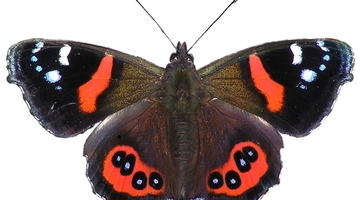
The New Zealand Curriculum has a strong focus on ensuring that all students have the skills and knowledge to participate in public debates and decision-making processes as critical, active ...
READ MORE
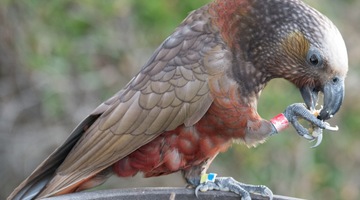
In this recorded professional learning session, Greta Dromgool and Ben Moorhouse from the Department of Conservation unpack conservation education and: introduce some exciting DOC resources aimed ...
READ MORE

Communications satellites are used to send and receive radio signals for television, phone or internet communications. Large concave reflectors called satellite dishes are normally used to send ...
READ MORE
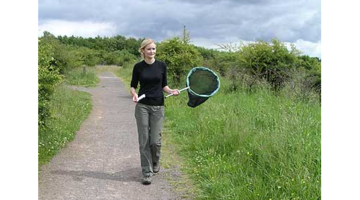
Citizen scientists are volunteers who participate in scientific projects. They work in partnership with scientists to answer interesting and relevant questions. When involved in environmental ...
READ MORE
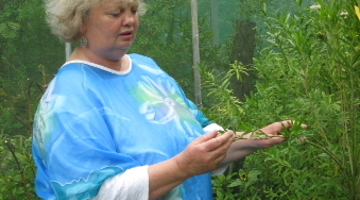
Position: Founding trustee and Trust secretary, Moths and Butterflies of New Zealand Trust Pūrerehua Aotearoa (formerly the Monarch Butterfly New Zealand Trust). Field: Conservation of native ...
READ MORE

Can we make New Zealand pest-free? Lesson 5: Evaluate: So what? Urban ecosanctuary ZEALANDIA, with support from WWF New Zealand, has produced a comprehensive teaching resource supporting schools ...
READ MORE
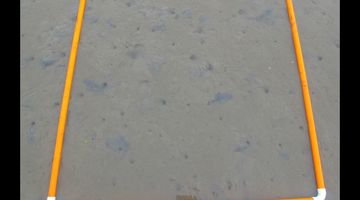
Quadrats are used for sampling purposes. They are squares of a set size placed in a particular habitat such as a rocky shore or forest floor. Plant and/or animal species within the quadrat are ...
READ MORE
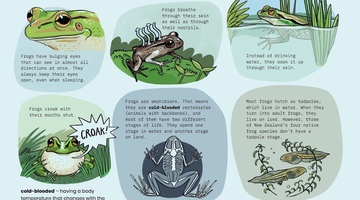
Frogs for the future? is a ready-to-use cross curricular teaching resource. It uses the Ministry of Education’s 2019 Connected article Kimihia Kermit by Philippa Werry. Rights: Crown 2019 Frog ...
READ MORE
Kelvin Barnsdale explains how satellites use radio signals to communicate with ground stations and how satellite dishes are shaped to reflect these signals into a single point. Point of interest: ...
READ MORE
Kelvin Barnsdale shows us a simple homemade aerial that receives signals from an amateur radio satellite. Kelvin uses his laptop to view the satellite images. Point of interest The New Zealand ...
READ MORE
Andrew Swales and Raiha Tuahine from NIWA use quadrats to view and record samples of marine life in an estuary. Field guides Look online or in your local library for field guides that will work ...
READ MORE
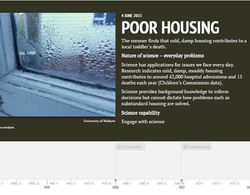
Select here for the best view of this interactive timeline. It combines the Rongomai School healthy homes investigation with the nature of science.
READ MORE
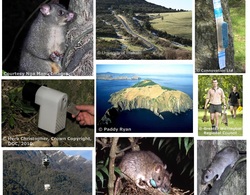
This slideshow allows students to consider some of the pros and cons of various methods of predator control. Use the Slideshow menu for further options, including view full screen, and go here ...
READ MORE
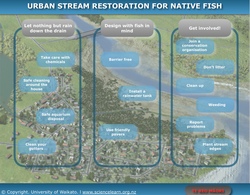
This interactive looks at some of the measures you can take to look after your local stream – because if you’re looking after your local stream, you’re looking after our endangered native fish ...
READ MORE